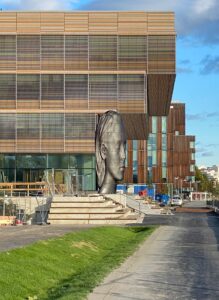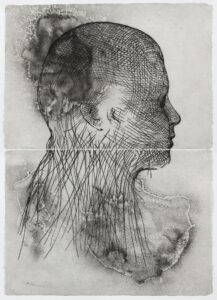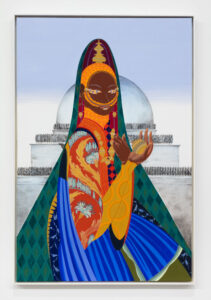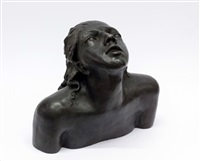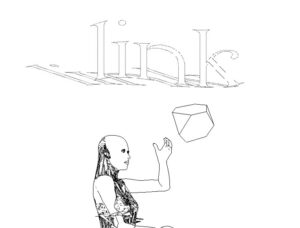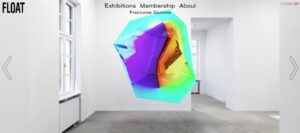I was interested in reading this chapter because I have never relay worked digitally before and so i think its important for me to understand the implications of essentially creating a set of data rather than an object.
Groys discusses the idea that as the digital images exists only as a set of instructions, each technological device a digital image is displayed on will display it slightly differently, thus creating a new work each time and removing some level of authorial control form the artist. This is a really new idea to me, that i don’t necessarily know how my work is going to appear to any particular viewer, however I find this quite an exciting prospect! I like the idea of each viewer getting an original and personal experiences.
Groys also explains how digital files can decay over time as technology changes and ceases to be able to run the file. The idea that my digital work is perhaps more temporary than my physical work is really interesting, i feel it ties the work more closely to the time it was made, which is perhaps appropriate as the work is very linked to the idea of the pandemic.
The overriding idea I took form this chapter is that I should think of my digital worked, particularly my 3d scans of my sculptures as the DNA of my work. As an artist I am creating sculpture, scanning it to extract its DNA, documenting its DNA and displaying it in digital/2D form and then making the DNA accessible to my viewers so they can grow their own versions of my work. Relating back to Art in the Age of Biopolitics, I feel that though 3d scanning my sculpture I am extracting the works aura/DNA and then making said aura available on line for those who are interest. Like in the natural world I don’t expect the 3D prints to be identical to my sculptures, I se the 3D printing as the nurture side of the nature nurture argument. I believe that each person who prints out my work will receive the aura/ DNA of my original work but with a different narrative. In this way I think my work has become a lot more about birth and evolution than i expected, but this excites me!
![Isabella Inskip / MA FINE ART 4 STUDIO AND RESEARCH (2020-2021)[YR]](https://blogs.ed.ac.uk/s1758578_ma-fine-art-4-studio-and-research-2020-2021yr/wp-content/uploads/sites/2953/2021/03/cropped-Screenshot-2021-03-06-at-23.19.39.png)
